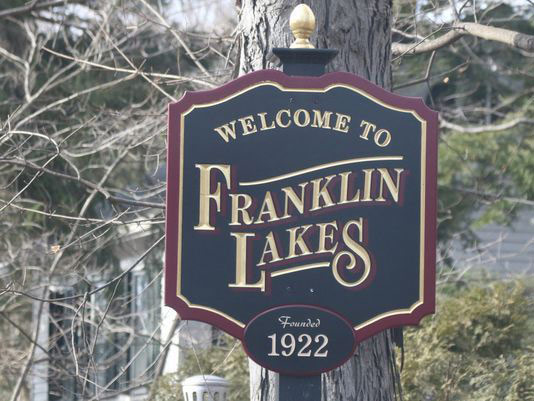Introduction to Historic Sites
This report of the historic sites in the Borough of Franklin Lakes is part of the Bergen County Historic Sites Survey, an attempt to identify buildings, streetscapes, districts and sites of historical and architectural interest in the County. Properties are included which are readily recognized as being valuable for their historical associations or aesthetic design. Other properties are included which illustrate the architectural diversity of their communities and are remnants of the area’s history of development. Many of these buildings are of modest design which are examples of vernacular architecture and represent the conventional approach to architecture and construction in the locality. Not every building of interest and shown in the Franklin Lakes 2018 Municipal Calendar has been included when there are numerous examples – like the Cleary House, built in 1899, the Meadow Ridge House, built in 1805, or the J.C. Demarest-Payne House, built in 1878. However, often the chosen buildings retain its original appearance at a greater degree than other similar designs. Some of the older buildings in the Borough have been omitted from the survey due to extensive recent modifications which diminish the buildings architectural significances and often make their ages unrecognizable.
A visual inspection of the Borough made by driving all roads in existence prior to 1876 and investigating all neighborhoods shown on early 20th century maps enabled the Historic Sites Survey staff to verify the locations, existence, and architectural integrity and led to the identification of their visual interest. The two editions of the Franklin Lakes’ history entitled “Franklin Lakes: Its History and Heritage” by Maria Braun were invaluable resources in the compilation of the survey. Copies of this report with original photographs are on file in the Bergen County Office of Cultural and Historic Affairs and in the Office of Historic Preservation, New Jersey State Department of Environmental Protection in Trenton. The ordinance “Model Ordinances for Historic Preservation” issued by the New Jersey County and Municipal Government Study Commission hopefully will aid in determining what should be preserved and will supply the means to insure that irreplaceable historic properties continue to be a viable part of Franklin Lakes’ future.




















